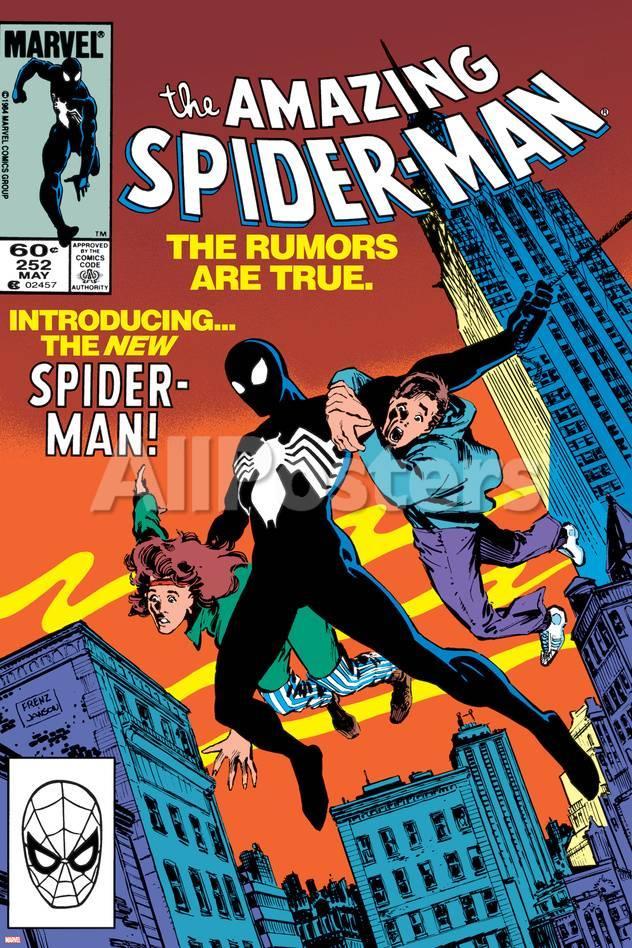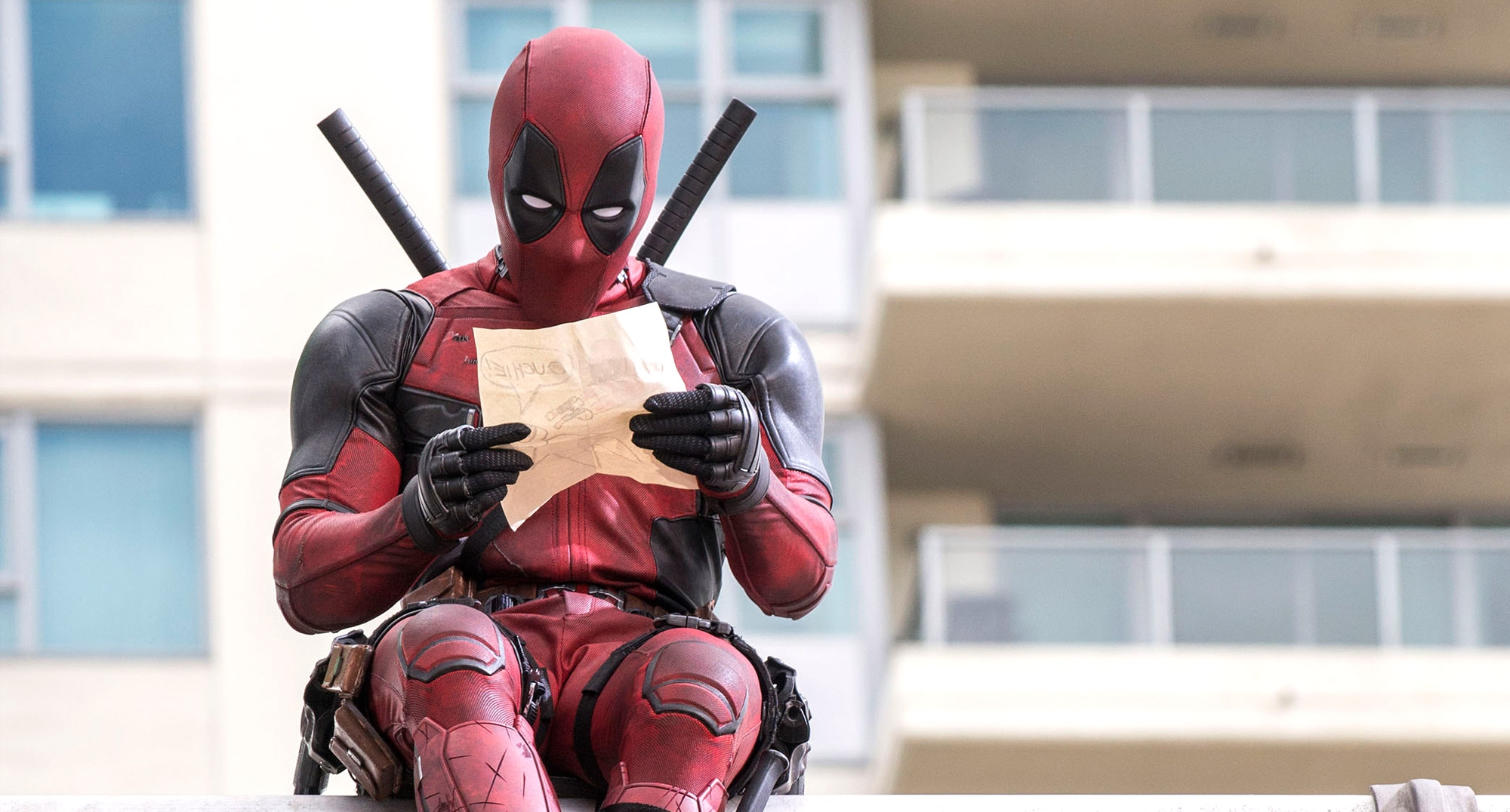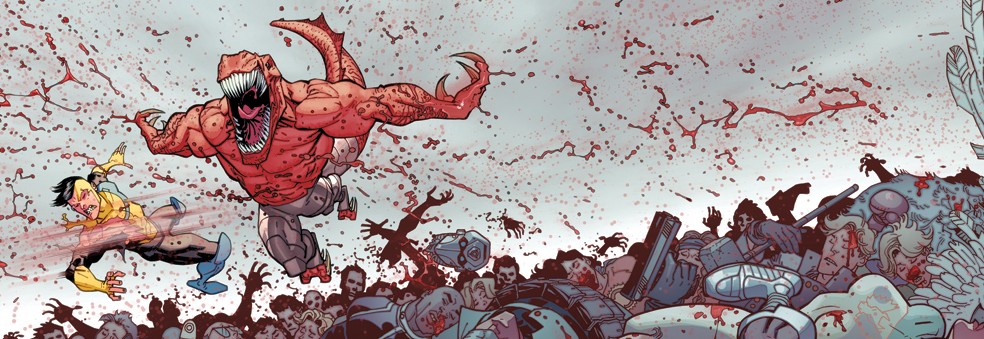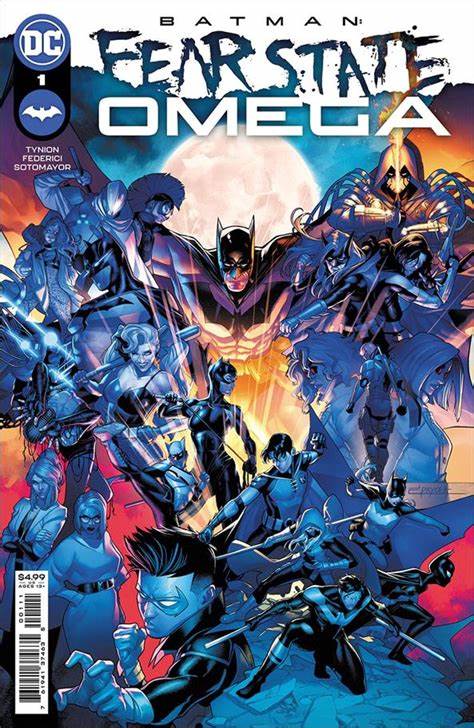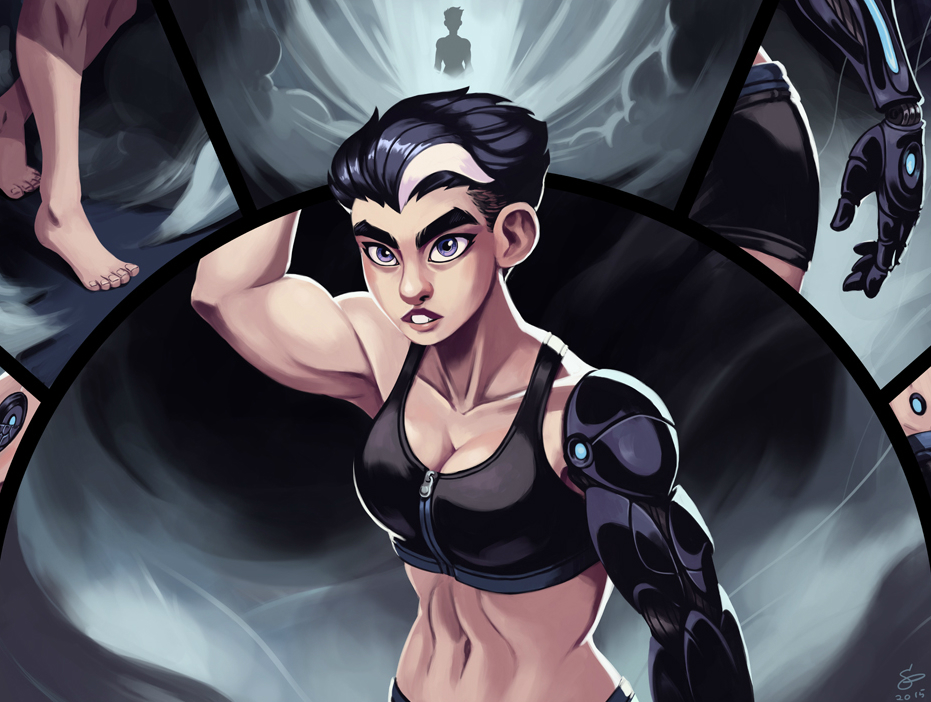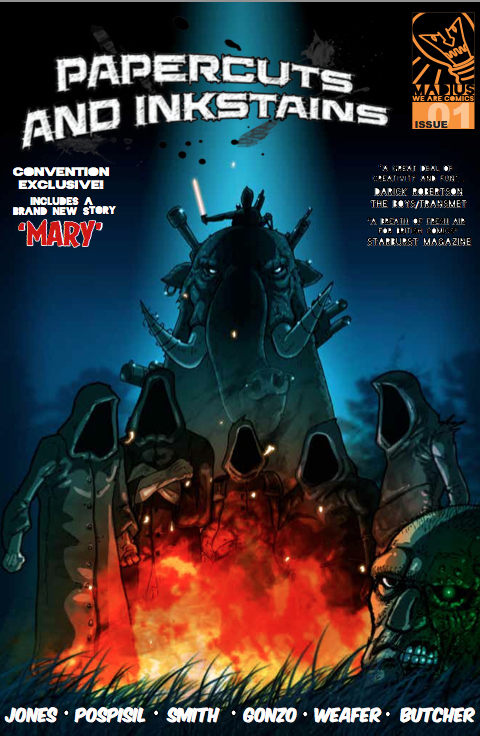Spider-Man is quite possibly the most famous super hero ever created. Since his first appearance in Amazing Fantasy #15 (1962) Spider-Man has become a cultural cornerstone. Having expanded beyond the comic pages Spider-Man has become a staple in cartoons, live action television, video games, and yes movies. Spider-Man is a comic superhero who is well known beyond the comic page and even amongst the non-comic fan. But Spider-Man’s popularity predates the current comic book culture boom, he is an iconic hero that has fans around the world and has seemingly endless appeal to millions of people. Yet without comics there is no cultural icon. Without Stan Lee and Steve Ditko there are no cartoons, no video games, and no movies. It’s the comic books where the character grew, where he was defined, where the Spider-Man we love was molded into the important figure he has become today.

It’s easy to pick out iconic Spider-Man runs. Very little matches the beginning, Stan Lee and Steve Ditko’s early issues are some of the finest Silver Age comics ever produced. Then John Romita Sr. joined the book and he along with Lee created a masterpiece of a run that every writer and artists since then have tried to recapture. The core mythos of Peter Parker and Spider-Man are located in these issues as well as one of the most fully developed supporting cast in comics is introduced here. Gerry Conway’s run is impressive, especially for a 19-year-old taking over the helm of Marvel’sflagship character from Stan ‘the Man’ Lee himself. It’s during this time you get the original Clone Saga and the Death of Gwen Stacy, two iconic stories that still resonate today. J. Michael Straczynski’s much needed revitalization helped guide Spider-Man into the new century while Dan Slott’s decade long association with the Wall Crawler is a recent highlight and one that will be a tough act to follow. Then there is Brian Michael Bendis’ historic tenure on the Ultimate Spider-Man that redefined Spider-Man for the 21st Century and something that any fan of the MCU’s take on Spider-Man should read, as the movie’s Spider-Man is easy to see in Bendis’ seminal work on the character.
Yet amongst these historic runs there is a treasure trove of great Spider-Man runs that are often passed over or forgotten. It’s a dilemma when you’re dealing with a character nearly sixty years old. I decided that with the upcoming release of Spider-Man: Far from Home that I would take a stroll down memory lane and revisit these great Spider-Man runs. Many of these comics and writers are tied to my youth, when Spider-Man was an important character to me and I read every book with his name on the title. At the time that meant the Amazing Spider-Man, Peter Parker: the Spectacular Spider-Man, Marvel Team-Up, and the Web of Spider-Man. It is amongst these titles that my favorite Spider-Man stories lie. Some of my favorites are well known, but today I want to focus on the ones that might not be as well known, or in one case known more for the art rather than the quality storytelling that was being done.
Roger Stern (Peter Parker: theSpectacular Spider-Man # 45-52, #54-61- Amazing Spider-Man #224-227, #229-252)
It should come as no surprise to anyone who has read my previous pieces that a lot of my favorite Spider-Man runs come from the ‘80s. Yet in my opinion this is one of the best times to be a fan of Spider-Man. Peter Parker was a down on his lucky freelance photographer who was also trying to get his Graduate degree in Physics from Empire State University. He was constantly broke, lived in a dump, and his personal life was a constant disaster. It’s this Peter Parker that many a Spider-Man writer have tried to recapture and it was a return to this state that sparked the entire Ben Rielly Clone Saga and later the ending of the Peter-MJ marriage in One More Daywhich fueled the Brand New Dayrelaunch. Yet this was the status quo when Roger Stern took over the reins of Spider-Man, first in Peter Parker: the Spectacular Spider-Man and then in the flagship title the Amazing Spider-Man.
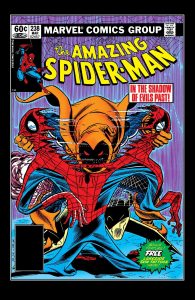
In my opinion Roger Stern is one of comics most underrated writers. His work at Marvelin the ‘80s and DCin ‘90s are some of the best comics of those time period. Stern produced incredible stories month after month and was rewarded with some flagship characters such as Spider-Man, Superman, and the Avengers. Stern began his tenure with Spider-Man on the highly underrated Peter Parker: the Spectacular Spider-Man, a title that ran under the radar of the popular Amazing Spider-Man and focused more on Peter’s Campus life at Empire State University while being more street level then its sister title. Stern used his time on the title to expand Peter’s campus life and to pit him against some villains that might not be regular Spider-Man foils like Nitro and Moonstone, villains more aligned with Captain Marvel and the Hulk respectively. These stories are a lot of fun and really showcased Peter’s college life, especially when Peter’s chaotic life affects his grades and ability to keep up with his doctoral degree even though his genius intellect is never in doubt.
Stern moved to the Amazing Spider-Man with issue #224 and his take on Peter Parker and his alter ego really shined. Joined by a young John Romita Jr. (whose artwork matured into the style he has today during this run). Stern’s run on Amazingwas simply amazing. Filled with great action, including the epic two-part Juggernaut throwdown (#229-230) while also seeing a who’s who of Spider-Man’s rogues gallery filter through month after month. There was a great multi-part story with the Taratuala and Wili-o-the-Wisp and some wonderful Vulture stories. Stern’s run may be most notable for the introduction of the Hobgoblin, a villain who was a thorn in Spider-Man’s side for years and was a recurring foil here. Stern also did a tremendous job of keeping the Hobgoblin’s identity secret, although this would become an issue as Stern wrote the character with the intent the he was actually an obscure character he originally introduced in the Spectacular Spider-Man but then editorial decided to change it when Stern left without notifying the writers who took over the book. Stern also had Peter run a gambit of romances including the Black Cat, and a return of Mary Jane Watson. Sadly Stern left the book before he wrapped up the Hobgoblin story as he wanted to and the creators who followed him went in a different direction but as a whole it is one of my favorite Spider-Man runs and well worth the time to read.
Tom DeFalco (the Amazing Spider-Man #252-284)
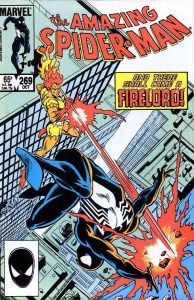
Tom DeFalco had two big runs on the Amazing Spider-Man, the second one being the Clone Saga, which to me was the point I checked out on the Spider-Man books for a few years. But his first run on Amazing was a fabulous good time. Joined by artist Ron Frenz, whose detailed artwork was a perfect fit for this time period that would become known as the Black Costume era. First with the symbiote suit that would go on to become Venom and then in just a simple cloth replica that Peter would wear for several years until the Amazing Spider-Man #300. I loved the black costume and it looked so good when drawn by Frenz. DeFalco picked up the book from the departing Stern and while the tone changed a bit it still had a down on his luck Peter Parker who was struggling to make rent while dating the Black Cat, who was in love with Spider-Man but loathed Peter Parker. DeFalco introduced a cool new villains Puma oin issue #256, which saw this new character stalking an injured Spider-Man through New York City. He revived the Sinister Six with some new villains joining the sinister ranks. Yet my favorite two issues, which were reminiscent of Spider-man’s epic two-part battle with Juggernaut, is when Spidey had to take on former herald of Galactus Firelord in Amazing #269-270. It was an epic throwdown for a hero clearly outpowered but in classic Spider-Man fashion he refused to give in or quit, since if he failed countless civillians could be hurt or worse, killed. DeFalco did some other monumental things while at the helm of Amazing. He was the one who showed that the new suit was taking possession of Peter while he slept and showed that it was a living alien. He also revealed that Mary Jane knew Peter was Spider-Man and that she had known for some time, which would eventually lead to their marriage in the Amazing Spider-Man Annual #21. Overall these thirty-issues are a whole lot of fun and well worth the time to read.
-Side Note: Check out DeFalco Frenz’s Spider-Girl series’ as well. Created during the MC2 imprint this series revolved around Peter and MJ’s daughter, May ‘Mayday’ Parker, as she took on the mantle of Spider-Girl. Spider-Girl lasted for 100 issues while the Amazing Spider-Girl ran for 30 more.
Peter David (Peter Parker: the Spectacular Spider-Man #103, 105-110, 112-113, 115-119, 121-123, 128-129,134-136 & Annuals# 5-6)

No, I’m not saying that Peter David is an underrated writer but his work on Spider-Man is often overlooked when looking at the grand tapestry of his writing career. David was new to writing comics when Marvelgave him a shot at the wall crawler. But David blew my mind when I picked up Peter Parker: the Spectacular Spider-Man #107. Police Captain Jean DeWolff had been a supporting character to Spider-Man for years. A very serious police officer who had a soft spot for Spider-Man and often assisted him when he needed help from the NYPD. It was jarring then as a young reader to open the pages of issue #107 and find her dead by a shotgun blast to the chest. David went on to tell a four-part murder mystery that pitted Spider-Man and guest star Daredevil against the Sin Eater, a man who believes it is his job to kill anyone who has sinned. It’s a tense story and as a young reader I wasn’t used to supporting characters being killed off in such a violent manner. I was riveted and since I was still buying comics at the grocery store at the time, I headed to the spinner rack every time we went to buy groceries in hopes that the next issue would be there. The four-part story that became known as the Death of Jean DeWolff was one of the best Spider-Man stories of the ‘80s. It has twists and turns, some incredible character development, while showing the level of compassion and lengths that Spider-Man will go to protect and avenge his friends. It also was later used as a backdoor retcon in the creation of Eddie Brock and Venom. David would periodically write the series over the next few years and every time he wrote it was a solid story and really showed what an incredible writer that Peter David was and still is. David is currently writing the limited series the Symbiote Spider-Man which is a wonderful nostalgic story that perfectly captures this time period of Spider-Man and is well worth the read just like most Peter David stories are.
JM DeMatteis (Kraven’s Last Hunt +Peter Parker: the Spectacular Spider-Man #178-203)
Kraven’s Last Hunt blew my mind when I first read it. It is dark and twisted and something I never would have expected in the monthly Spider-Man comics. It’s also proof positive that JM DeMatteis is an absolute master of the comic story. DeMatteis is a prolific comic writer who can delve into a plethora of genres while never missing a beat. Along with Keith Giffen he wrote one of the funniest takes on superheroes in JLI and his knowledge of the magic and the dark arts made his Doctor Fate a fun read month after month. It was an eye-opening experience for me when DeMatteis and artist Mike Zeck began Kraven’s Last Huntin Web of Spider-Man #31. Rarely had comics done what Marvel did, having one creative team tell a whole story across three comics over a two-month time. The story was dark and twisted and I loved every issue of it. I’m a fan of the black costume and it never looked better than when Mike Zeck drew it (Zeck also drew Secret Wars #8 where the black costume first appeared). Any fan of Spider-Man should go back and read this storyline.

DeMatteis returned to Spider-Man later and turned the Spectacular Spider-Man into a very gritty series that perfectly fit the ‘90s. His later work on Spider-Man was enjoyable for the time period but it never rivaled Kraven’s Last Hunt yet it was still an entertaining read but sadly anyone who worked on Spider-Man in the early to mid ‘90s is cursed by their attachment to the Clone Saga. Not that its fair, since one the Clone Saga was an intriguing story for the time and connected with thousands of readers and while reviled today, at the time it was one of the most popular books on the shelves and Marvel went feet first into the story and demanded that all the Spider-Man creators get on board or depart. DeMatteis early work is well worth the time to read and his later work is enjoyable for the time period.
David Michelinie (Amazing Spider-Man #296-352 & 359-388)
Maybe best known for being the writer of the Amazing Spider-Man when Todd McFarlane became a comic superstar. But before McFarlane Micheline was already a comic writer of note and something many people forget about these beautiful comics, they’re pretty damn good. Michelinie’s run would continue past McFarlane and for almost 100 issues he told some fun and very enjoyable Spider-Man stories. Michelinie is probably best known for the co-creation of Venom and later Carnage, both of whom have seen a resurgence in popularity over the last few years but what I remember most of this time was the adult Peter Parker. Gone were the gawky teenage years or the bumbling college days. Peter had matured, he was married to Mary Jane and thanks to her fame and popularity Peter wasn’t struggling for money nor consistently down on his luck. Now some people feel that Peter Parker is only interesting when he is struggling but I disagree. To me Peter works best when he is trying to prove himself to the world, when he refuses to quit even when he’s facing insurmountable odds, and when he is willing to sacrifice everything he has if it means saving an innocent life. I think Micheline’s captured this perfectly. Even though when I first read these issues, I wasn’t an adult but I remember liking adult Peter Parker. There was still struggles, especially with Peter’s inferiority complex with how he lived off of his wife’s income. It was also entertaining to see how Peter dealt with being a newlywed while also continuing as a super hero. It was interesting and entertaining to see how night after night MJ had to watch Peter leave to fight crime, never sure if he was coming back, and not having a person to share her fears and anxieties with.
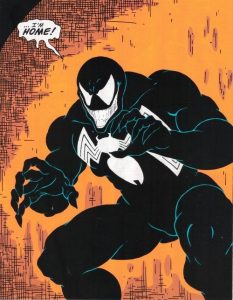
Those early issues with McFarlane are a favorite of mine, and it’s not just for the artwork. Yes McFarlane changed how I saw Spider-Man with Amazing Spider-Man #298 and when Venom showed up on the last page of #299 I couldn’t wait for #300. Yet the story was gripping and Micheline more than held his own with the writing. These issues were so much fun and it felt like these two creators were having a grand time telling these tales. They sent Peter to Kansas, made the Prowler interesting, and used Silver Sable brilliantly. Erik Larsen replaced McFarlane and even though I wasn’t as big of a fan the fun continued. When the Image founders bolted a young Mark Bagley joined the book and even though I wasn’t as impressed with the artwork Michelinie kept me invested in the title. Sadly Michelinie’s run ended with the early ‘90s ‘Clone Era’ which picked up with the Clone Sagafrom the ‘70s and ran with it. He was their for the introduction of Peter’s parents, who later turned out to be clones, and then Ben Rielly, who claimed to be the real Peter Parker. It became a mess but those early years were a lot of fun and some really great comics.
Kurt Busiek (Untold Tales of Spider-Man #1-25, Untold Tales of Spider-Man ’96, Untold Tales of Spider-Man ’97, Untold Tales of Spider-Man: Strange Encounter #1)
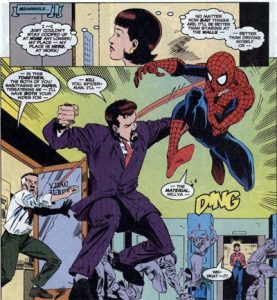
In the Mid ‘90s Marvel tried an experiment. In an attempt to lure in new readers or comic fans who were turned off by the $1.95 price of a standard comic (Yes folks, $1.95 in 1995) they decided to create a $.99 comic line produced on cheaper newsprint. One of these cheaper comics was in the fantastic Untold Tales of Spider-Man. Untold Tales of Spider-Man was a comic series set in the early days of Spider-Man, during the early Lee/Ditko issues. Enter Kurt Busiek, a comic historian as well as an incredible comic writer. Already a star at the time with his collaboration with George Perez on the Avengers Busiek wrote a great retro series that flowed perfectly with the early issues. Busiek would even tell you which issues his stories fit between in case you wanted to read the Untold Tales alongside those original issues of the Amazing Spider-Man, which I did and it was an awesome reading experience. Joined by artist Pat Olliffe, whose style at the time blended perfectly with Ditko’s and he kept his characterizations and depictions true to the Ditko designs. The beauty of the Untold Tales of Spider-Man was that even though the stories were set in a dated era they weren’t dated stories. Busiek introduced new villains and supporting cast but did it in a way that it didn’t change continuity, it only amplified what had come before. It was a great series for the time and is still one of my favorite Spider-Man books of all time. Marvel reprinted the entire series a few years ago in an omnibus and it is well worth the reading. I only hope one day they reprint this series and the original Lee/Ditko issues in a continuity reading order, that would be fantastic!
Those are but a few of my favorite, less notable Spider-Man stories. So once you’ve gone and seen Spider-Man: Far From Home and are itching to crack open some great Spidey stories then take the time to find these stories. While they might not have the same feel of the Spider-Man you see on the big screen they at their root are stories of who Spider-Man is and exemplify why he is such an iconic character and is as important today as he was all the way back in Amazing Fantasy #15.

